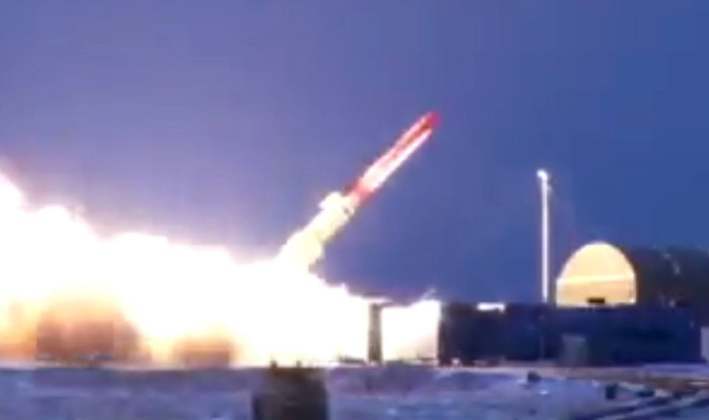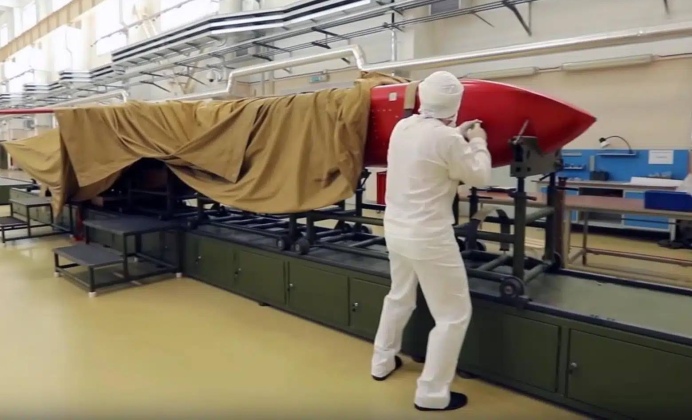News
Russia Just Launched the World’s Longest Ranged Missile: Burevestnik Can Fly Around the World Thousands of Times Before Striking
The Russian Armed Forces have conducted a test launch of the country’s longest range missile ever developed, the 9M730 Burevestnik cruise missile, with Chief of the General Staff Valery Gerasimov reporting that this occurred on October 21, and saw the missile cover a 14,000 kilometre distance over 15 hours. “The technical characteristics of the missile allow it to strike highly protected targets anywhere in the world with guaranteed accuracy,” he stated. The unique missile uses a miniaturised nuclear reactor to power its propulsion system, allowing it to remain in flight for years at a time. This has multiple advantages, including avoiding the risk of being neutralised on the ground in an adversary’s first strike, providing options to send shows of force by flying near enemy airspace, and retaining the ability to strike adversaries form unexpected directions including where air defence coverage is weakest.

Investment in developing the Burevestnik, which is expected to be nuclear armed, reflects the Russian Defence Ministry’s prioritisation of funding strategic programs for nuclear delivery. Commenting on the October 21 test, Russian President Vladimir Putin referred it as proof of the “reliability of Russia’s nuclear shield,” and to the missile as “a unique weapon system that no other country possesses.” “The task now is to determine possible ways of deployment and begin preparing the infrastructure for introducing this weapon into our armed forces,” he added. Addressing the Russian parliament, the president previously referred to the missile as having an“unlimited range,” and of being “invincible against all existing and prospective missile defence and counter-air defence systems.” As a result of delays to Russia’s PAK DA intercontinental range strategic bomber program, the Burevestnik’s ability to launch precise nuclear attacks against targets across the world, including on the continental United States, are expected to be particularly highly valued.

On October 10 President Putin announced that significant progress had been made in trails or a new class of strategic nuclear weapon. “I think we will have the opportunity in the near future to break some news about a new weapon that we announced a long time ago,” he stated, adding that it “is undergoing tests [which] are proceeding successfully.” This fuelled speculation that the president could be referring to the Burevestnik missile. In parallel to the missile and the bomber program, Russia is also rapidly modernising its strategic submarine fleet, bringing Poseidon nuclear-tipped torpedoes into service, and modernising its intercontinental range ballistic missile arsenal by procuring new missiles such as the RS-28 Sarmat and RS-24 Yars, and by integrating Avangard hypersonic glide vehicles onto older missile types.












